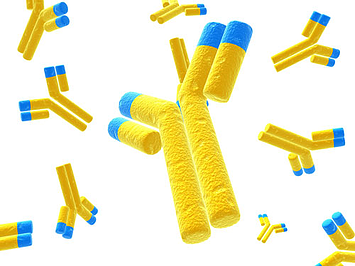Despite the advances in modern medicine, no one knows for sure what causes amyotrophic lateral sclerosis (ALS), also called Lou Gehrig’s disease. Scientists can only theorize and speculate as to what causes it, but they still don’t have a conclusive answer to this question.
The Protein Man

Recent Posts
Exploring the Genetic Causes of ALS (Lou Gehrig's Disease)
Posted by
The Protein Man on Aug 4, 2020 3:30:00 PM
0 Comments Click here to read/write comments
Topics: Protein Purification, Western Blotting, Assay Development (ELISA), Sample Clean Up, Protein Concentration, Protein Extraction, Protein Detection
Fluorescence detection of proteins in Western blotting
Posted by
The Protein Man on Jul 29, 2020 12:15:00 PM
0 Comments Click here to read/write comments

0 Comments Click here to read/write comments
Topics: Protein Purification, Molecular Biology, Assay Development (ELISA), Sample Clean Up
How the cilium became a ‘villain’ in Apicomplexan parasites?
Posted by
The Protein Man on Jul 15, 2020 1:45:00 PM
Evolution of ancient cellular components paves a path to parasitic adaptations in Apicomplexan parasites.
0 Comments Click here to read/write comments
Topics: Molecular Biology, Protein Electrophoresis, Protein Concentration, Protease Inhibitors, Protein Labeling






